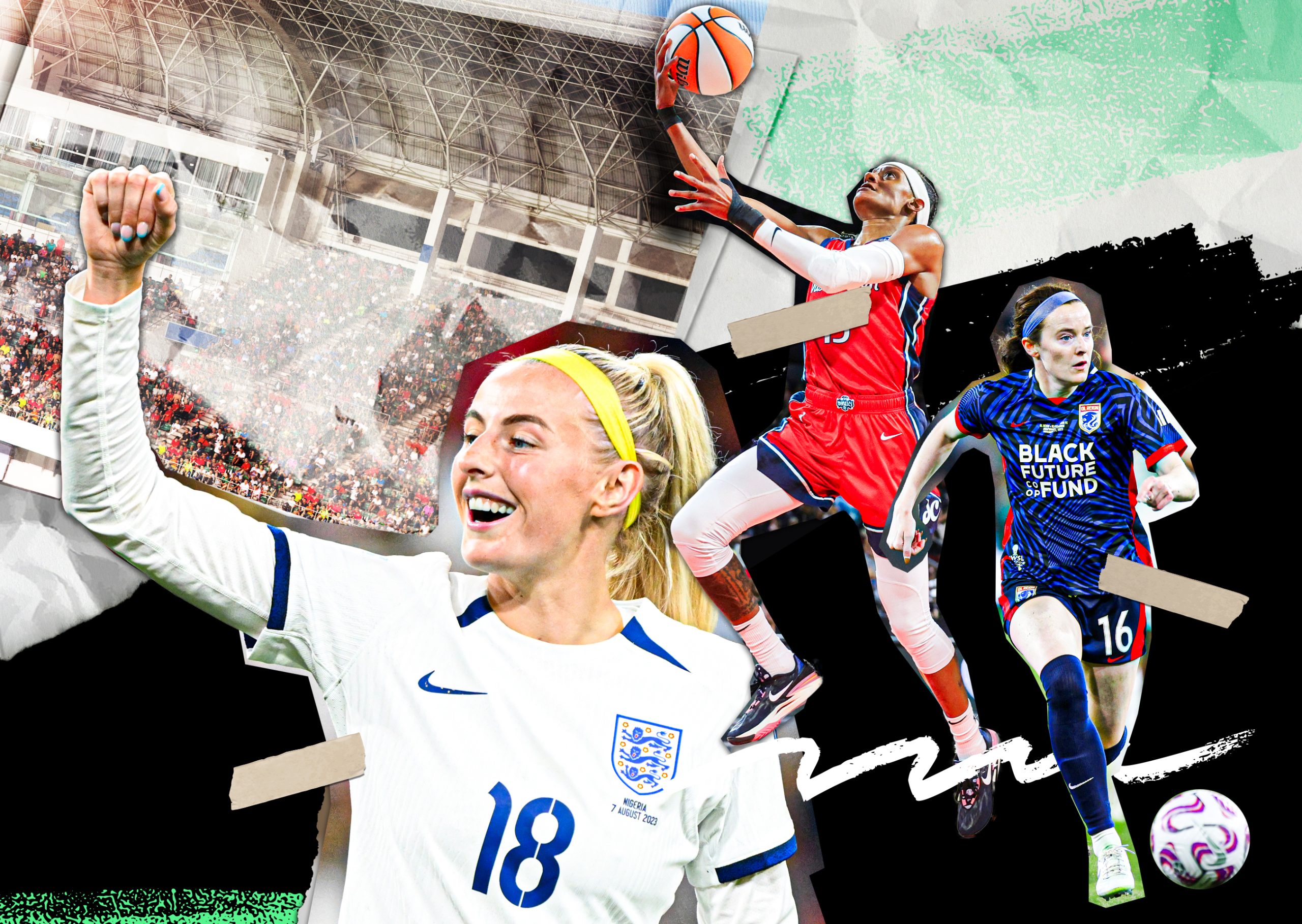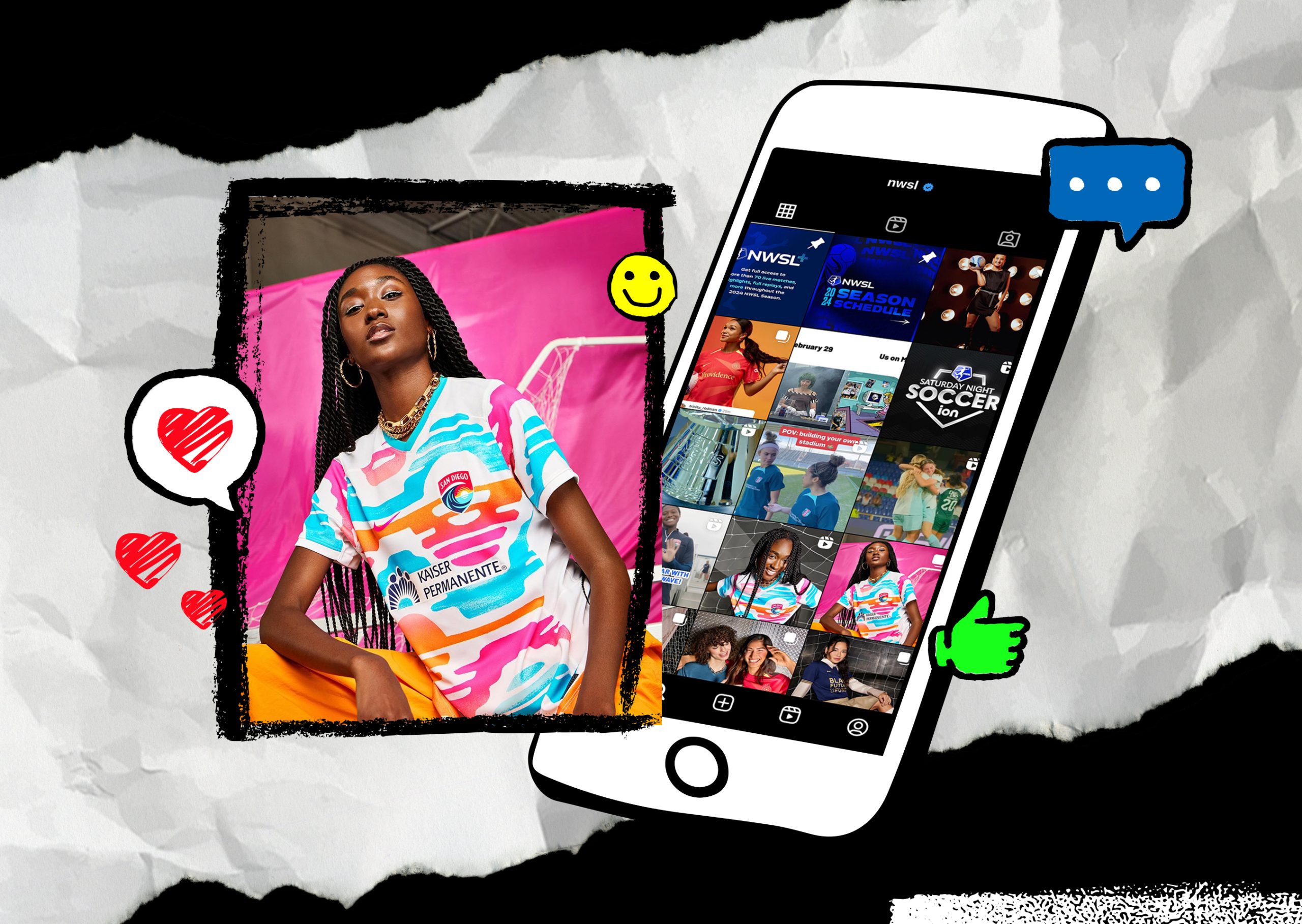Women in Sports
Over the past two years, we’ve seen women’s sport move to the next level of its growth trajectory.
This has been driven by a series of successful major events, including the FIFA Women’s World Cup, UEFA Women’s Euro 2022, ICC Women’s T20 World Cup and Women’s Rugby World Cup, that saw significantly increased viewership and engagement, and were underpinned by increased investment from stakeholders across the sporting ecosystem.
Our sister company Endeavor Analytics has examined the women’s sport movement and reviewed how we can continue to unlock value for partners through its unique storytelling opportunities.
Women’s sports, and women in sport, continue to rise as more stakeholders are recognizing the significant untapped growth potential.
The key challenge for the industry now is to capitalize on the current momentum to create real and lasting change that ensures women’s sport develops into an economically sustainable sector.
Insight 1
Women's sports fans are a desirable target for sponsors

Women’s sports fans are more receptive to sponsors than men’s sports fans by an average of 4.7% across key consumer responses to sponsorship. They’re also 2.1% more likely to purchase the sponsor’s product/service.
Women’s sports fans have strong concerns they want sponsors to address, with 43% wanting sponsors to commit to equal support of men’s and women’s sports.
For every $1 corporate sponsors invest in women’s sports, they see an average customer value return of $7.29.
Insight 2
Across the globe, women's sports leagues and teams are surging
Fandom has increased dramatically over the past year – the WNBA and NWSL have seen 7% and 11% increases in fandom, respectively. NCAA women’s sports also set viewership records for March Madness, Women’s College World Series, and Women’s Gymnastics in 2023.
Last year, the FIFA Women’s World Cup final was watched by an average of 13.3 million people on television, peaking at 14.8 million – a new UK record for a women’s soccer game. While in Spain, RTVE’s main channel La 1 managed an average of 5.6 million viewers for La Roja’s 1-0 triumph in the FIFA Women’s World Cup final, equal to a market share of 65.7 per cent.

Insight 3
Female athletes are continuing to see sponsorship deals roll

Investment in female athletes increased 49% between 2017 to 2022, with an 18% increase in the year 2021 to 2022 alone. The number of deals for female athletes has grown an average of 24% per year since 2012.
Female NCAA athletes are taking advantage of the league’s name, image and likeness policy (NIL) – with Louisiana State University (LSU) gymnast Livvy Dunne ranking as the highest paid female athlete with a $3.2M NIL valuation, followed by fellow LSU athlete and basketball player Angel Reese at $1.7M.
Of the top 20 female athletes, only 3 of them are from team sports which demonstrates how individual sports, such as tennis and golf, have been a key driver in delivering stronger parity to men’s sports.
Insight 4
Women's sports fans are more engaged on social
Fans of female athletes and women’s sport are a highly engaged cohort online. Having spent years with limited broadcast coverage, social media and digital channels have been pivotal in harnessing fan engagement and awareness.
The Instagram engagement rate for women’s sports teams is 0.93% higher than men’s teams. Of the fans who follow athletes on social media, 44% are women’s sports fans versus 30% who are men’s sports fans.

Find out
more
For more information, please get in touch with the Endeavor Analytics team.